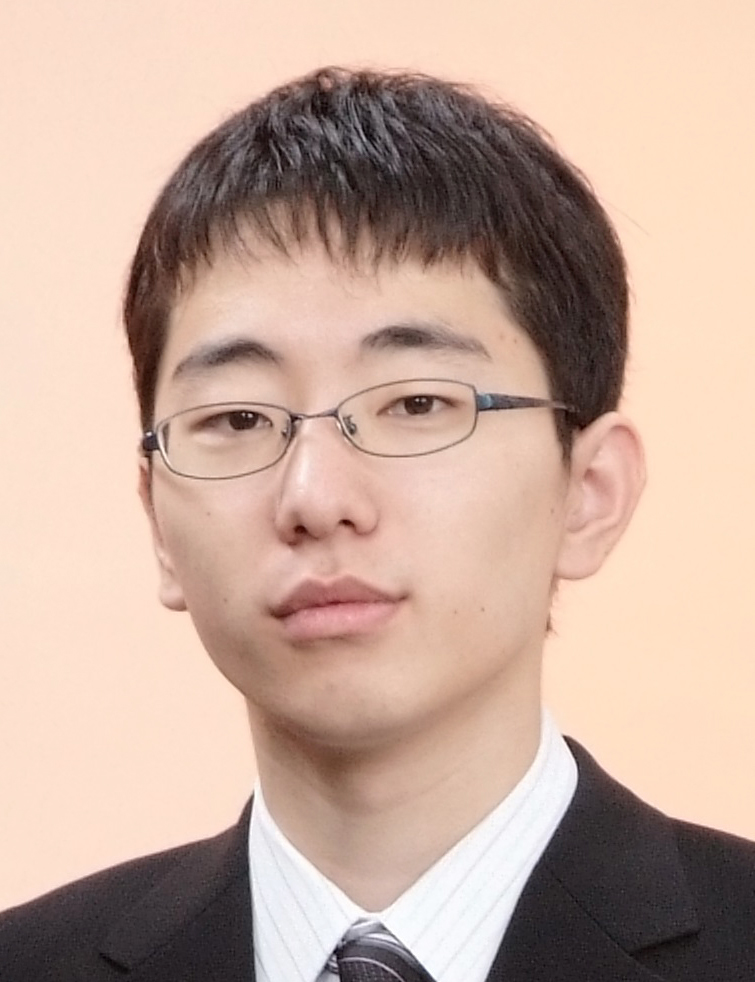Best Paper Award
Optimal Control of Timed Petri Nets Under Temporal Logic Constraints with Generalized Mutual Exclusion[IEICE TRANS. FUNDAMENTALS, VOL.E105–A, NO.5 MAY 2022]


Petri net is one of the mathematical models for concurrent, asynchronous, and distributed systems. Because of its mathematical rigor and visibility as a graph, Petri nets have been used to successfully model and analyze a variety of man-made systems, including computer software, communication protocols, production systems, and business workflows etc. The structure of Petri nets is represented as a bipartite directed graph with two types of nodes, places and transitions, whose state, marking, is changed by firing of transitions corresponding to the occurrence of events.
For the control of a timed Petri net where the duration is introduced into the firing of transitions, this paper sets up a new control problem to reach the given target marking as quickly as possible while satisfying the constraints by temporal logic formulas with the linear inequality conditions of the marking as the basic logic formula. This control problem is formulated as an optimal control problem. It is then reduced to a mixed integer programming problem. Finally, the effectiveness of the proposed method is demonstrated by simulation.
This paper is highly evaluated for its originality, especially in the theoretical aspect. Compared with previously proposed methods for solving Petri net control problems constrained by the linear inequalities of markings, this paper represents a significant advance in the following respects. The most important extension is that the constraints are extended to temporal logic formulas with linear inequalities as the basic logic formulas. While previously only the logical product of linear inequalities invariant with time was handled, by making the conditions time-varying and by generalizing the logical operations that can be used, more flexible constraints can be expressed. Furthermore, while the conventional feedback control with a simple external place has only been able to maintain a state that satisfies the constraints, it also becomes possible to reach the target marking by reducing it to the mixed integer programming problem.
Using this as a steppingstone, more complex control problems are expected to be proposed, which will make a significant contribution to research in the field of Petri nets.